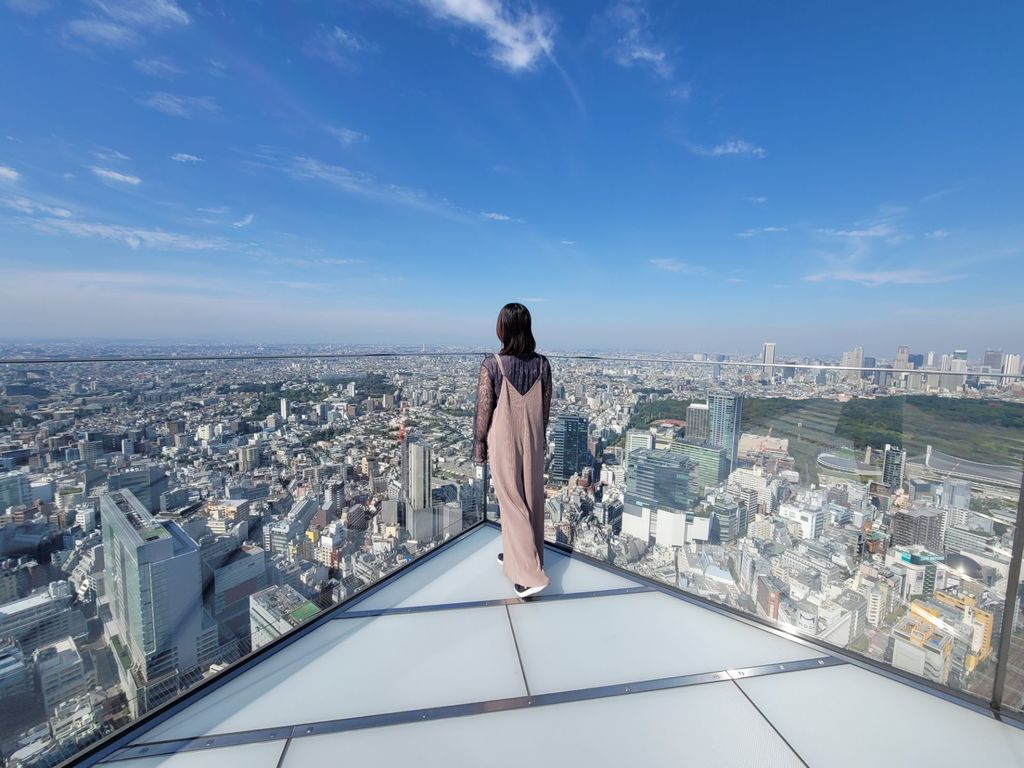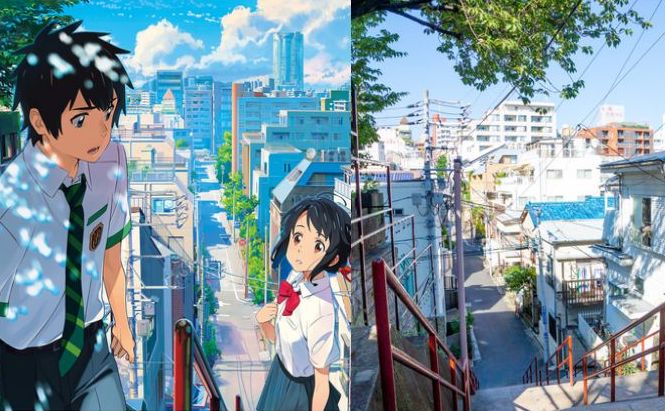Top 12 Recommended Tokyo Sightseeing Spots by 4 Areas!
This page introduces recommended sightseeing spots in Tokyo in a ranking format!
Many of you are considering sightseeing in Tokyo, but there are so many places you want to visit that you cannot organize them all.
In this issue, we will introduce you to all the attractions, from classic to hidden gems.
We hope you enjoy your visit to Tokyo to the fullest by referring to this article.
Tokyo, a metropolis with a wide variety of attractions in each area
- Want to feel the atmosphere and charm of the old downtown area?
- To experience the traditional cityscape, architecture, and culture
- To enjoy night views, gourmet food, and amusement parks
- To enjoy the atmosphere and charm of the city center
- Want to enjoy the city, nature, and amusement parks in all aspects.
- To enjoy nature and greenery
Tokyo has a wide variety of faces, from the emotional downtown area to the sophisticated city center.
Each area is full of attractions such as history, leisure, shopping, amusement, and gourmet. Although Tokyo has a strong urban impression, there are also many spots where you can get in touch with nature.
There are so many sightseeing spots that even those who live in Tokyo, let alone those who come from other prefectures or outside of Japan, cannot visit them all.
Taito Area
The Taito area is dotted with many sightseeing spots with a downtown atmosphere.
You can enjoy sightseeing while walking along the Sumida River, taking pictures at photo spots, and so on. Here are some recommended sightseeing spots that you must visit if you go to the Asakusa – Ueno area.
1. Kaminarimon
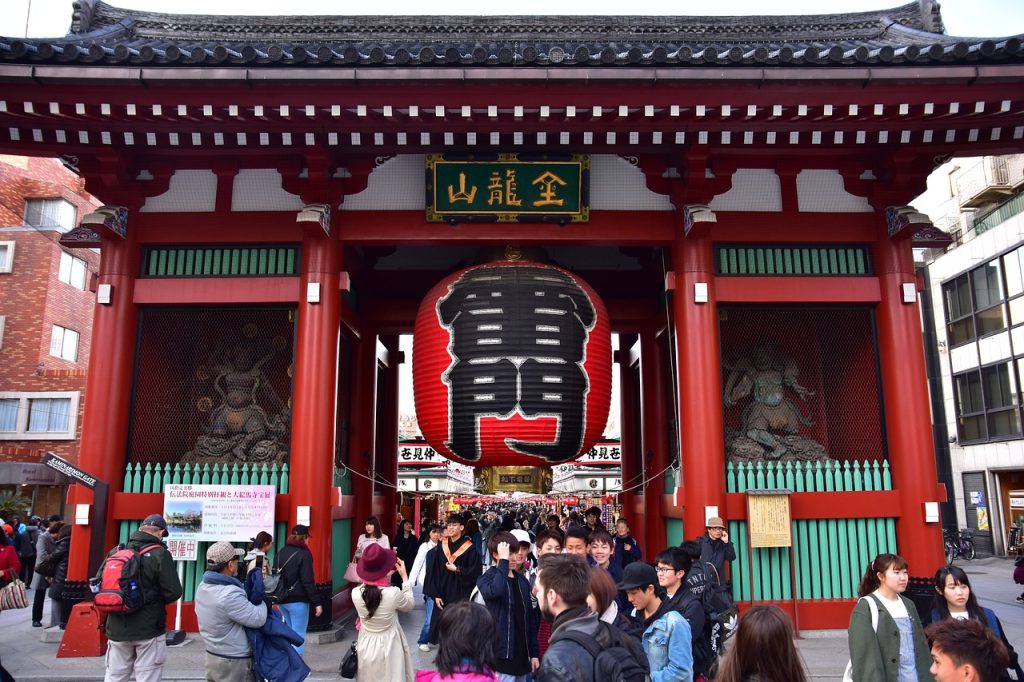
Senso-ji Temple~Kaminarimon, one of the most famous sightseeing spots in Tokyo. Senso-ji Temple, the oldest temple in Tokyo, attracts many tourists from Japan and abroad. In recent years, the area has also become a popular photo spot.
The Nakamise Street that runs between Sensoji and Kaminarimon is lined with souvenir shops and Japanese confectionery shops, where many tourists enjoy eating and walking around.
2. Tokyo Sky Tree
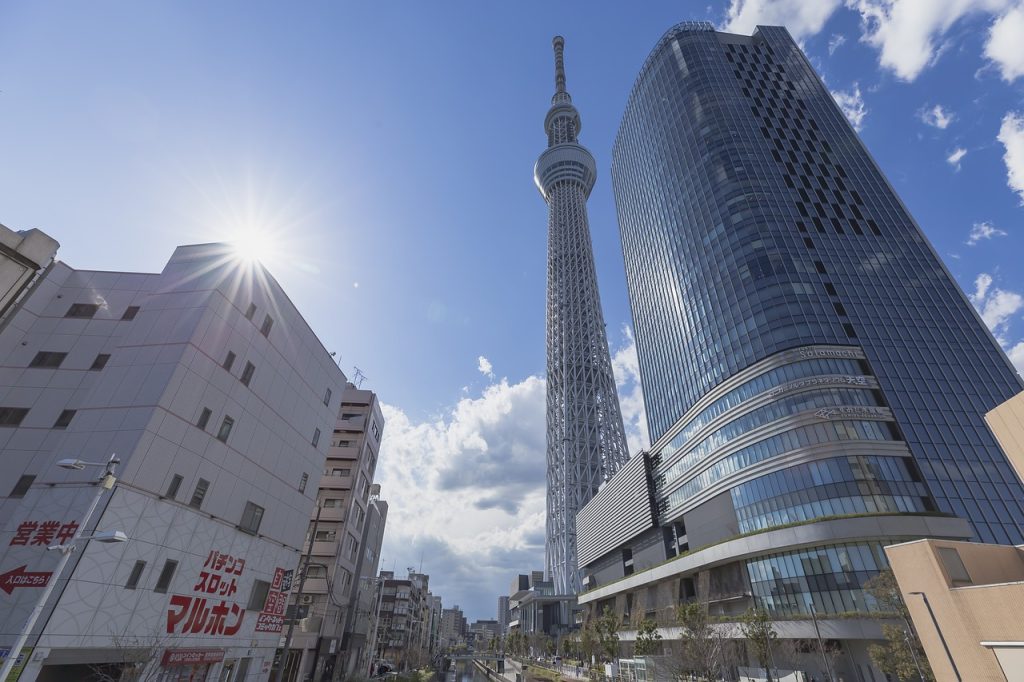
The “Tokyo Sky Tree” is called the new landmark of Tokyo.
It boasts a height of 634 meters, and the view from the observation deck is breathtaking.
It is also home to a shopping center, planetarium, aquarium, and many other leisure facilities. There are also many cafes and souvenir shops, making it a convenient place to take a short break or pick up souvenirs.
3. Ueno Zoo
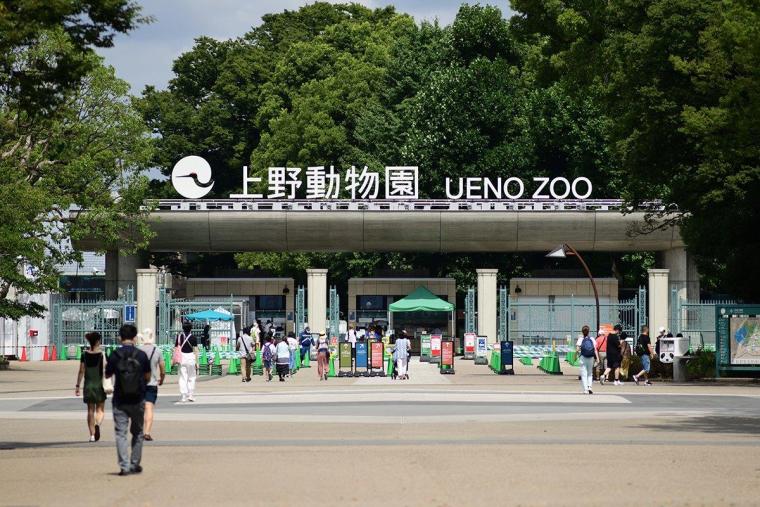
The Ueno Zoo has attracted much attention with the birth of the giant panda.
It is the first zoo in Japan with a long history. The zoo keeps several hundred species of animals and is a spot where visitors can enjoy nature even in the city.
The zoo also has a gift store and refreshments, so there is no need to worry about taking a break or buying souvenirs.
Shibuya Area
The Shibuya area is an urban center crowded with commercial facilities and high-rise buildings.
Many landmark spots, such as the Shibuya Scramble Crossing, are scattered throughout the area. This is an area where you can fully enjoy the charm of the city.
1. Shibuya Scramble Crossing
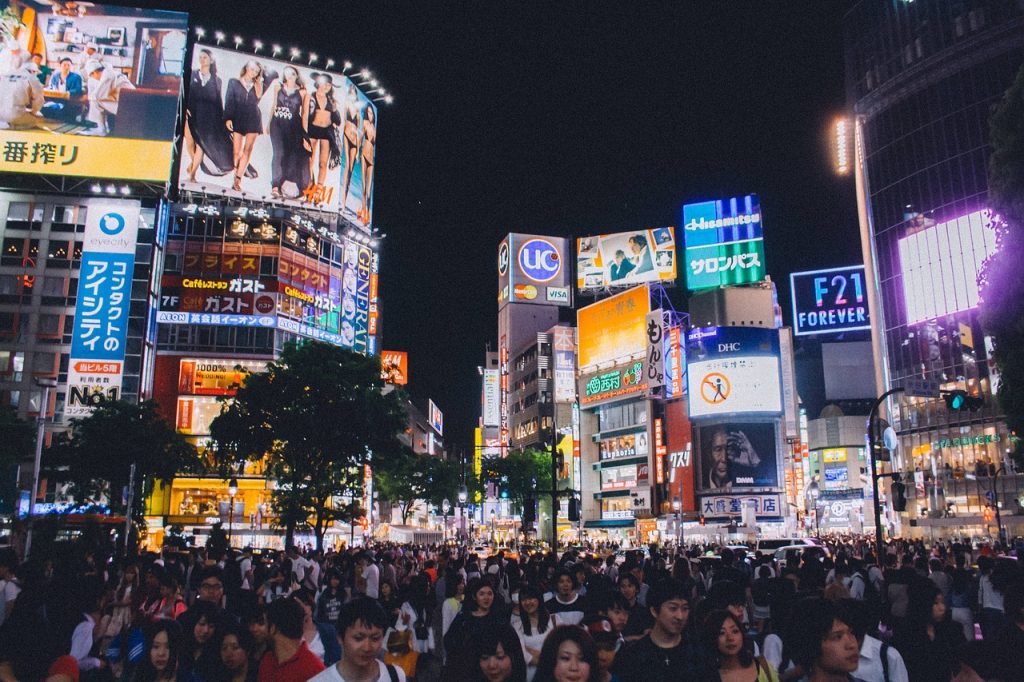
It is no exaggeration to say that the Scramble Crossing is a landmark of Shibuya, with hundreds of thousands of people passing through the intersection every day, making it one of the largest intersections in the world. It is a popular photo spot for many tourists from Japan and abroad.
2. Shibuya Sky
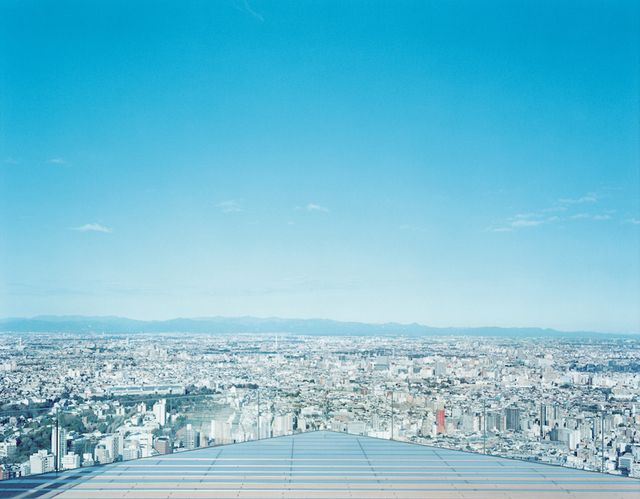
Shibuya Scramble Square is a complex directly connected to Shibuya Station.
Shibuya Sky” is located on the 14th floor and above of Shibuya Scramble Square.
The main attraction of “Shibuya Sky” is the observation facilities that offer a 360-degree view of the Tokyo cityscape from an unobstructed height of approximately 230 meters above the ground.
The observatory offers a wide variety of views to keep visitors entertained.
But that is not the only attraction of “Shibuya Sky.
The lounge, where visitors can relax and enjoy the modern atmosphere and view of Shibuya, and the souvenir store, where visitors can purchase souvenirs and souvenirs of their visit to Tokyo, are also highlights.
It is a facility that offers a one-of-a-kind experience that you will not find anywhere else.
3. Miyashita Park
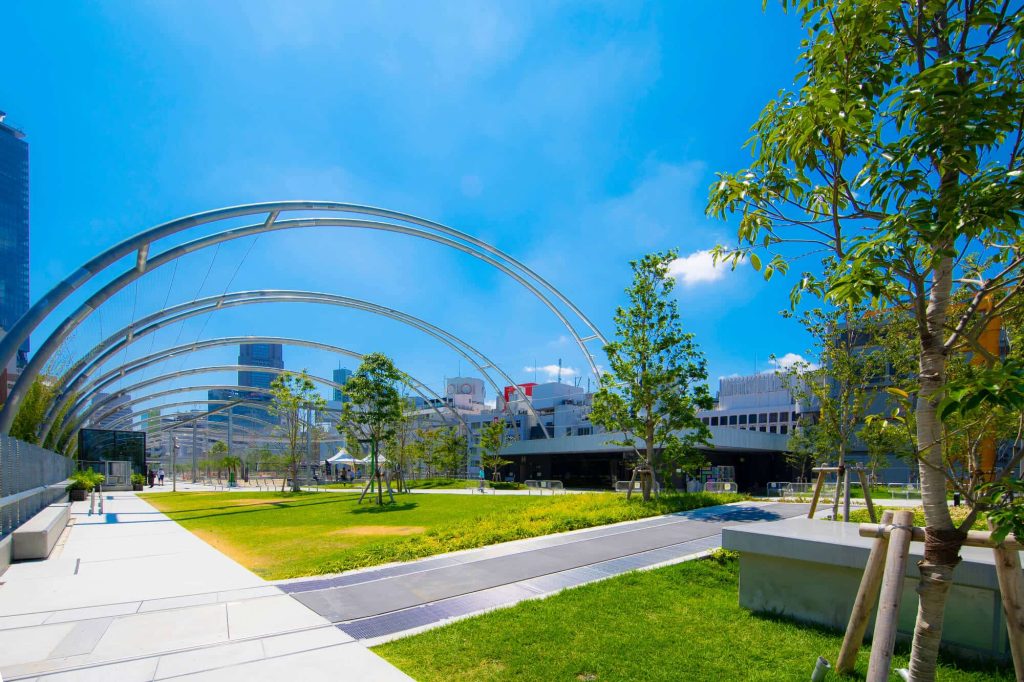
MIYASHITA PARK was established in 2020 on the site of the former Miyashita Park. About 90 stores, including luxury brand stores and record stores, are gathered in the 330-meter-long building. After a day of shopping, you can fully enjoy the Tokyo atmosphere at “sequence MIYASHITA PARK,” a park-type lifestyle hotel directly connected to MIYASHITA PARK.
Ascending to the rooftop, you will see an approximately 1,000-square-meter lawn, a place of relaxation. You may spend a relaxing time away from the hustle and bustle of the city. If you want to be active, try bouldering or skating.
Also, at “Shibuya Yokocho” on the first floor of Miyashita Park, you can taste local delicacies from all over Japan, from Hokkaido to Okinawa. The area is crowded every day with many events and festivals planned.
Shinjuku Area
The Shinjuku area is one of the two busiest areas in Tokyo. It is an area where you can fully enjoy the attractions of the city center. With historical buildings such as the lush green Shinjuku Gyoen and Meiji Jingu Shrine, you can enjoy a wide variety of attractions all around you.
1. Gojira Road
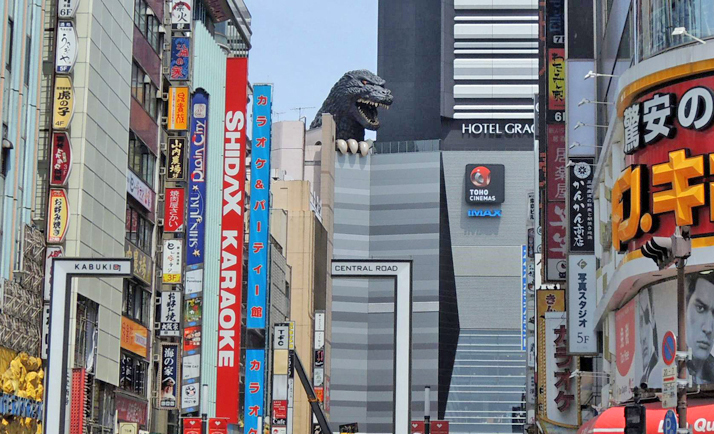
This 130-meter-high, 31-story building is a large-scale complex that includes the TOHO Cinemas Shinjuku cinema complex, Hotel Gracely Shinjuku, stores, restaurants, and amusement facilities. The “Godzilla Head” installed in the outdoor terrace on the 8th floor is full-scale and has an overwhelming presence. It has become a symbol of Kabukicho.
2. Shinjuku Gyoen
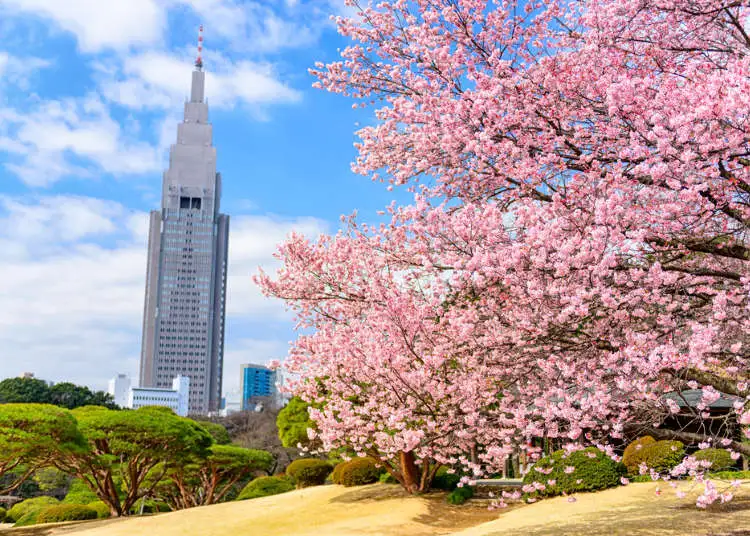
Shinjuku Gyoen is an oasis in the urban Shinjuku area, lined with skyscrapers. The beautiful trees and water surface make it hard to believe that you are in the heart of the city. The park is dotted with several characteristic gardens of various countries, including a Japanese garden, an English-style garden, and a French-style garden. Just a stroll through the gardens will refresh you. It is also within walking distance from the expressway bus terminal, Basta Shinjuku, which is a great point of accessibility.
3. Tokyo Metropolitan Government Building
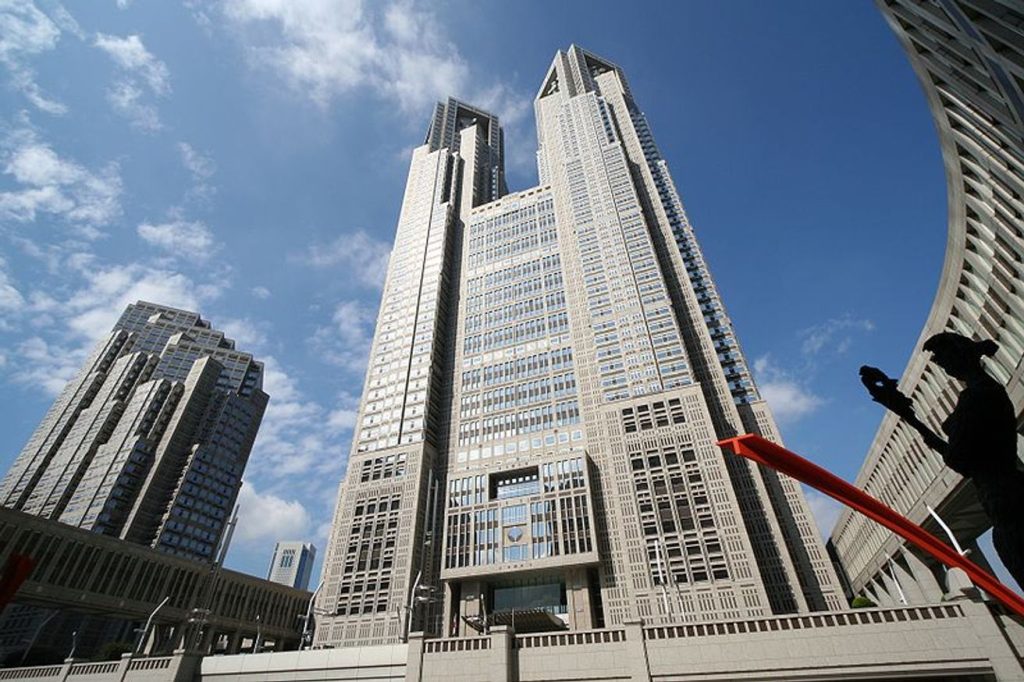
The Tokyo Metropolitan Government Building is a landmark in Shinjuku. The main attraction of the Tokyo Metropolitan Government Building is the observation deck on the 45th floor above ground. The reasonably priced staff cafeteria on the 32nd floor is also open to the public for lunch and rest.
Tiyoda Area
As the name suggests, the Tokyo Station area is located in the center of Tokyo, the capital of Japan.
The area is dotted with many historical buildings and you can enjoy the streets themselves.
In addition, a restaurant bus that allows visitors to enjoy sightseeing and dining at the same time is currently departing from Tokyo Station. For details, please check the report in the article below.
1. Tokyo Station
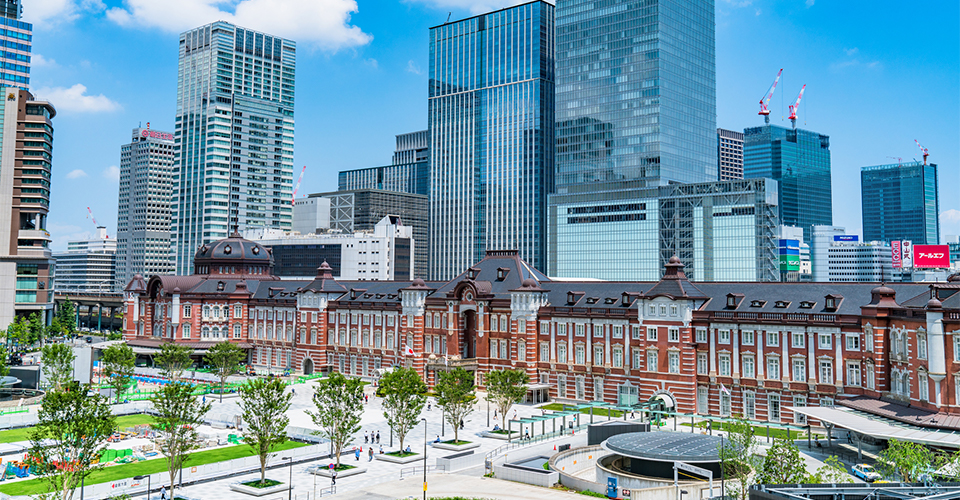
Tokyo Station has a history of over 100 years. The red brick Marunouchi Station Building is designated as an Important Cultural Property.
It is a mega terminal where about 3,000 trains arrive each day, and people of various purposes, including passengers and tourists, come and go.
In addition, restaurant buses are now departing from Tokyo Station, where visitors can enjoy sightseeing and dining at the same time. For more details, check out the report in the article below.
2. Imperial Palace
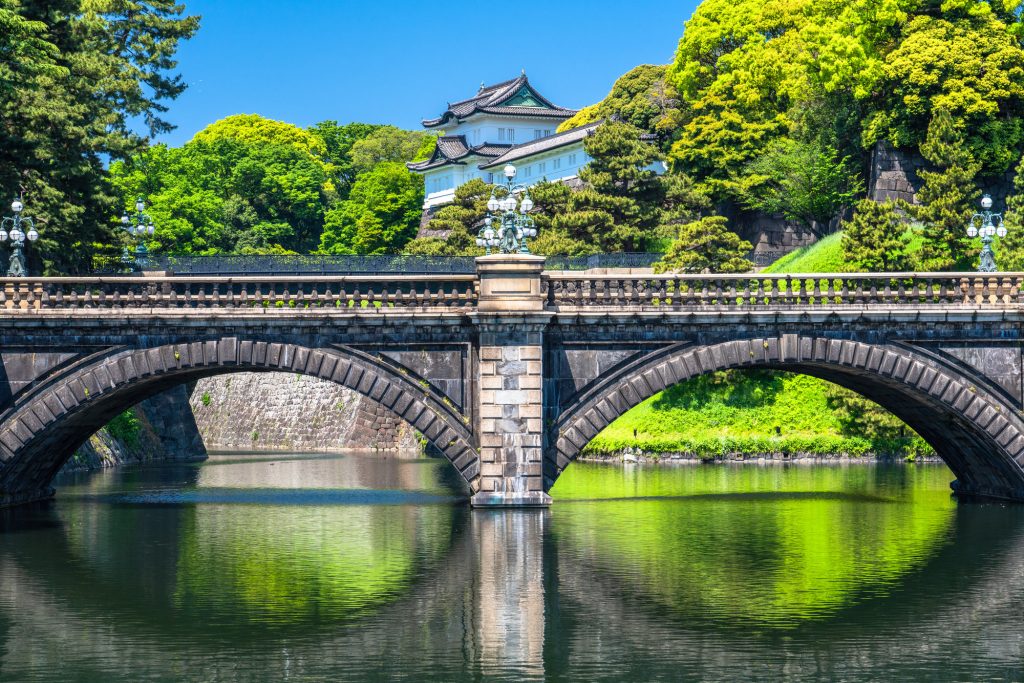
The Imperial Palace, where His Majesty the Emperor resides, is a famous tourist spot. The East Gardens and the Outer Gardens of the Imperial Palace, which are basically open to the public throughout the year, offer beautiful scenery with seasonal flowers and trees. The Palace area, where official business is conducted, is also open to visitors. Many people, including tourists and runners, visit these areas.
The view of the Imperial Palace from the high-rise hotel is quite spectacular.
3. Kabuki-za Theater
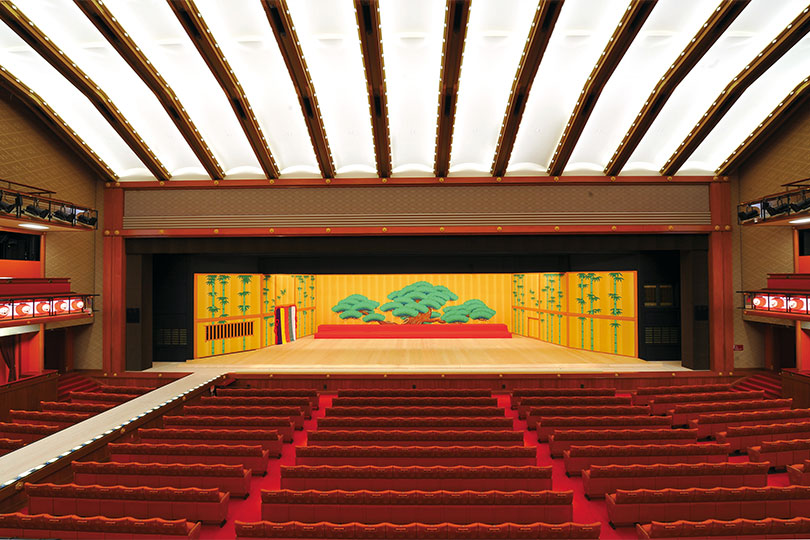
The Kabuki-za Theater has a long history, having been established in 1889. It specializes in Kabuki performances and is a spot that continues to present traditional Japanese performing arts. The second basement floor is directly connected to the station, where visitors can dine and purchase souvenirs. Many tourists from Japan and abroad visit the theater to see Kabuki performances.
